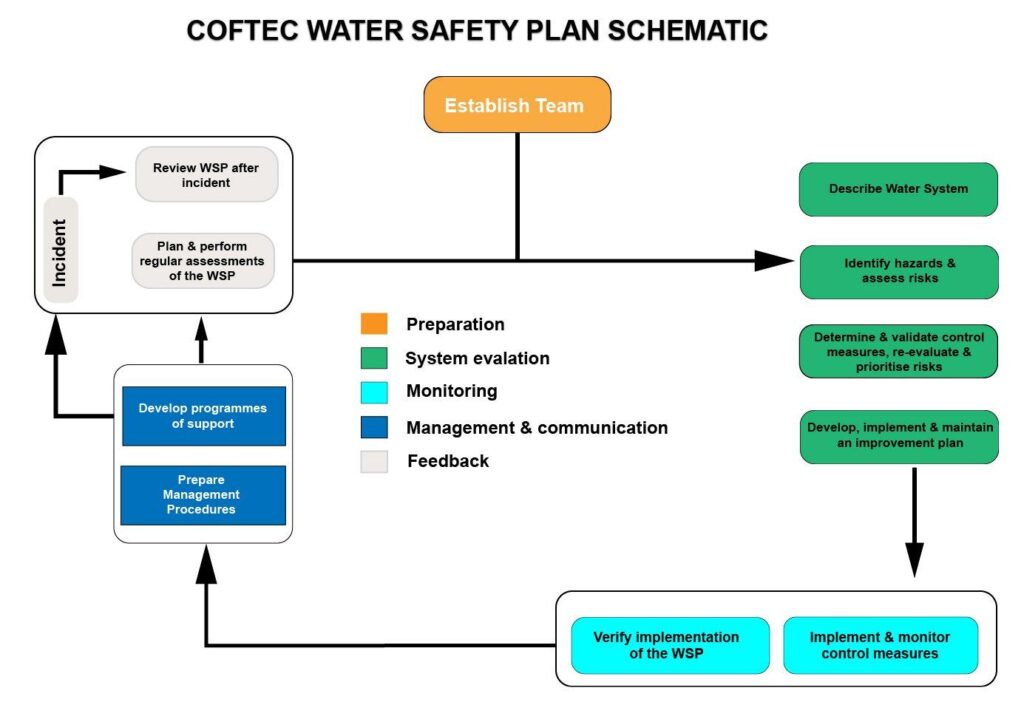As families seek to enjoy water activities safely, creating a comprehensive water safety plan tailored to each stage of life has become increasingly essential. From the first splash in the bathtub to supervising teenagers at the pool or beach, understanding the evolving risks and precautions can prevent accidents and save lives. This article outlines practical steps for parents and caregivers to develop effective water safety strategies, ensuring that every family member, regardless of age, stays protected around water.
Understanding Water Risks for Infants Toddlers and Young Children
Water poses unique challenges for infants, toddlers, and young children due to their developing motor skills and natural curiosity. Even shallow water can become a serious hazard without proper supervision and safety measures in place. Understanding these risks means recognizing that children at this age often lack the awareness and ability to respond quickly to danger, making constant vigilance essential. Common risks include drowning incidents in bathtubs, pools, and even buckets, which underscores the need for childproofing water access points and never leaving children unattended near any body of water.
Effective prevention requires a multi-layered approach tailored to each developmental stage. Below is a quick reference of water hazards and recommended safety actions suited for ages 0 to 5:
| Age Group | Common Water Risks | Safety Actions |
|---|---|---|
| Infants (0-12 months) | Bathtub drowning; accidental slips |
|
| Toddlers (1-3 years) | Pool falls; accessing buckets/toilets |
|
| Preschoolers (3-5 years) | Exploring deeper water; imitating adults |
|
Childproofing water environments and educating families about age-appropriate risks drastically reduce potential hazards. When creating your family’s water safety plan, integrate supervision strategies with physical barriers and gradual skill-building activities that suit your child’s stage of growth.
Implementing Age-Appropriate Safety Measures Around Pools and Open Water
Tailoring water safety protocols to match your family members’ ages is essential for effective prevention. For toddlers and preschoolers, constant supervision is non-negotiable – designate a “water watcher” whenever children are near pools or open water. Physical barriers such as four-sided fencing with self-closing gates significantly reduce accidental access. As kids grow, teach them fundamental swimming and water safety skills, but never rely solely on their abilities. Incorporate flotation devices that fit properly and remain Coast Guard-approved to provide an added safety layer during supervised swim times.
Older children and teenagers require a blend of education and responsibility reinforcement. Hold family discussions on the dangers of diving into unknown waters, swimming alone, and excessive horseplay near water. Encourage them to always swim with a buddy and understand weather and water conditions before entering open bodies of water. Below is a quick-reference table summarizing key safety measures by age group, crafted to help parents implement appropriate strategies effortlessly.
| Age Group | Primary Precautions | Recommended Safety Tools |
|---|---|---|
| 0-4 Years | Constant supervision, secure fencing | Life jackets, pool alarms |
| 5-12 Years | Basic swim lessons, water rules reinforcement | Flotation devices, adult presence |
| 13-17 Years | Education on risks, buddy system | Personal floatation, emergency plan |
Preparing Older Children and Teens for Independence and Emergency Situations
Older children and teens require tailored guidance to navigate water safety with greater autonomy. Empower them by teaching key skills such as swimming proficiency, recognizing hazardous conditions, and practicing safe behaviors around water. Encourage ongoing conversations about respecting water environments-rivers, pools, lakes-and the importance of staying within designated swimming areas. Building their confidence with realistic scenarios fosters quick thinking and responsible decision-making when adults are not immediately present.
Creating a clear emergency action plan is critical for this age group, who may be unsupervised during outdoor activities. Below is a simple guide for teens to follow if an emergency arises:
| Step | Action |
|---|---|
| 1 | Call emergency services immediately (911 or local number) |
| 2 | Alert a nearby adult or responsible authority |
| 3 | Provide first aid if trained and safe to do so |
| 4 | Stay calm and keep the victim stable until help arrives |
Reinforce these steps by practicing drills and fostering open dialogue so adolescents feel prepared, not panicked. Above all, emphasize that water safety is a shared responsibility, with their actions playing a pivotal role in family protection.
Concluding Remarks
In an age where water-related activities are both beloved pastimes and potential hazards, having a comprehensive water safety plan tailored to your family’s unique needs is more important than ever. By assessing risks, setting clear rules, and preparing for emergencies at every stage of life, families can enjoy the benefits of water while minimizing danger. Staying informed, vigilant, and proactive ensures that moments spent near pools, lakes, or beaches remain safe and memorable for all. Ultimately, water safety is not just a precaution-it’s a vital commitment to protecting the ones you love.





